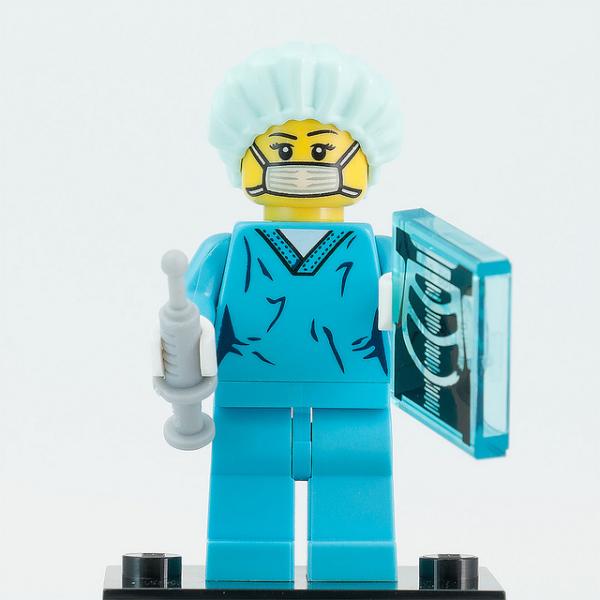A long time ago, the pioneers of cardiovascular surgery would move from operating room [OR] to operating room performing the critical parts of the surgical procedure. Their trainees, all graduate surgeons extending their experience with these pioneers, would “open and close” the patient. It provided them with independent operative experience and leveraged the time of the “real” surgeon to care for more patients and acquire more experience to share.
That “tradition” carries on today and is called overlapping surgery. It is seen as a way to improve the efficiency of surgical time. It is controversial because of questions of how well trainees and other surgeon substitutes perform in the absence of the master – do patient’s fare as well? A new JAMA study looks at the data across a range of procedures performed in high volume hospitals – knee and hip joint replacement, surgery on the spine, neurosurgery and coronary artery bypass looking at 8,000 overlapping operations in 10 years compared with 58,000 non-overlapping procedures
The data is limited by excluding more than half of the procedures for missing data and that the surgeries represent the work of just over 200 surgeons, so a “grain of salt” is advised.
- Overlapping surgery is not the norm, occurring about 12% of the time.
- Overlapping surgeries were significantly longer by 30 minutes.
- After adjusting for all the variables, there was no difference for in-hospital mortality or complications for overlapping vs. non-overlapping surgery.
- Two “small” exceptions were seen, for patients undergoing coronary artery bypass and those patients, generally assessed as high risk, overlapping surgery resulted in more deaths and complications. Oops
The authors conclude, “This study strengthens the evidence that overlapping surgery is a reasonable practice for many cases.”
Context is everything
The ORs for these particular procedures take a long time to set up; there are lots and lots of instruments to open, count and position, a heart-lung machine to prepare or a patient’s head to properly position and fixate. That is all time that the surgeon, and we are often an impatient group, needs to wait before letting cold steel heal. I get it, as a surgeon, I want to spend time in my happy place, operating.
“It is important to remember that overlapping surgeries have clear advantages, the researchers said, including maximizing the use of top surgeons and busy operating rooms, increasing patient access to necessary care and providing crucial training experience for junior surgeons.”
The data show, overlapping surgery takes longer; if anything, it reduces the use of “top surgeons,” and by that measure reduces patient access. It may provide some additional experience for younger surgeons, but a mindful surgeon can offer the same experience to trainees while meeting their ethical obligation to the patient that has entrusted them with their health and lives.
"Patient trust and patient empowerment should be paramount," Jena [one of the authors] said.”
Overlapping surgery inflicts greater harm; the absence of a surgeon from surgery’s beginning and end demeans our purpose. By reducing surgery to technical prowess, devoid of any relationship to the patient we will be replaced by others who do the same for less. The actual performance of surgery is critical, but it is not sufficient. The patient has entrusted the surgeon, they know no one in that OR beyond a cursory introduction a few moments previously. Why are we “too busy” to literally be with our patient as we take them through the valley of shadows?
Let me violate the rules of our guild; anyone can be taught to operate, it is a skill and craft, like others, although the stakes are often more significant. But being a surgeon is more than wielding a knife, in the same way that Michelangelo was more than a guy who knew his way around a brush and a piece of marble. It is sad that some physicians have chosen to reduce their purpose to technicians; it is even more disturbing when there are papers to show the advantage of this self-inflicted evisceration. Overlapping surgery may be safe, but it is unethical harming our relationship to our work, our patients. There are other, less destructive means to reduce surgical wait times.
Source Association of Overlapping Surgery with Perioperative Outcomes JAMA DOI: 10.1001/jama.2019.0711




